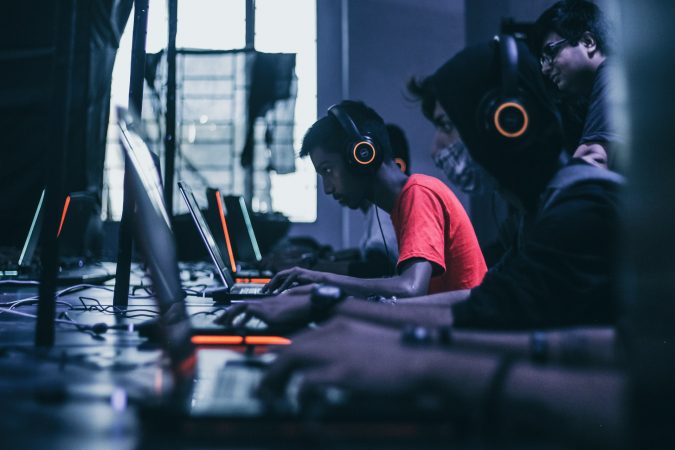Most people associate “sports” with activity and physical exertion, but in cybersports it’s different. Players spend most of their time in front of a computer. In contrast to the virtual nature of the environment in which athletes hone their skills, the funds derived from participation in competitions and tournaments are quite real. The beginning of the history of a relatively young cybersport can be considered 1997 and the emergence of the first professional association on the game Quake Cyberathlete Professional League. After nearly 20 years, the global market for eSports is $1.1 billion (according to the end of 2020), and the community of gamers exceeds 495 million participants. And these figures are not the limit, analysts website Player-Space predicts an accelerated rate of development of the video game industry.
The increase of indicators is promoted not only by the appearance of new disciplines, but also by the inclusion of the gaining popularity of mobile eSports in official tournaments.
What is a eSportsman?
A eSportsman is a professional player of computer games. There is no special college for eSports players. Just as in any other sport, skill at virtual games is developed through hours of practice and a certain amount of personal training.
Simulators and computer games bring together quite young athletes aged 14 to 29 years. Participate in competitions cybersociety can be both schoolchildren and mature established people with average and high salaries. In this case, the age does not affect the performance in tournaments.
Among the basic skills that a cyber athlete must possess:
- quick reaction time;
- the ability to make split-second decisions;
- Analytical thinking;
- The ability to focus and abstract;
- purposefulness;
- the ability to think tactically and strategically;
- Despite the rather inactive nature of the sport, good physical condition to lead an intense game for a long time;
- good eyesight;
- well-developed fine motor skills;
- in team competitions – communication skills.
All of these criteria will allow you to take a competitive position in the ranking of cyber athletes.
What does a cyber athlete do?
Competitions in the virtual world among eSportsmen take place in two formats:
- Online tournaments, in which you can participate from anywhere in the world where there is access to the Internet.
- Offline-tournaments, or as they are called, LAN-tournaments (local-area network) imply personal presence of a gamer in a club or, for example, in large stadiums, arenas, as it happens in South Korea, Los Angeles, Texas.
Under the quarantine, in order to keep the interest of viewers and prevent players from going into inactivity, organizers decided to go online en masse. Studio broadcasts are held in a remote format – a team of cyber athletes in the office or at home, and presenters and analysts in the studio. Viewers watch the broadcasts on a streaming platform.

As with any other gaming sport, professional cyber athletes are built on a club system. In order to sign a contract with one of the eSports organizations who, under the terms of the contract will pay a monthly salary and the player will represent the club and give a percentage of winnings, it is important to show a high level during the game. Thanks to the in-game ranking systems, the potential candidate for the team can notice the managers of the organization and offer permanent cooperation.
Contrary to the common belief that all eSports players are hooked on constant play, professional teams have a coach, who determines the workload and sets the training schedule. His tasks include working with players on strategic and tactical elements. Active training starts before major tournaments – a minimum of 6 hours of gameplay per day in the weeks or even months before the scheduled date. Plus several hours of theory.
In addition, specialists work with top athletes to develop their communication skills and ability to cope with stressful situations.
